
Loading ... Please wait

Loading ... Please wait
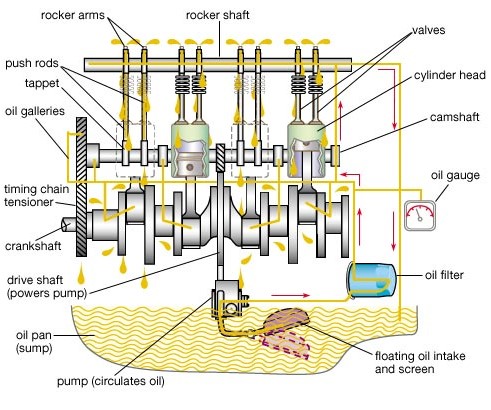
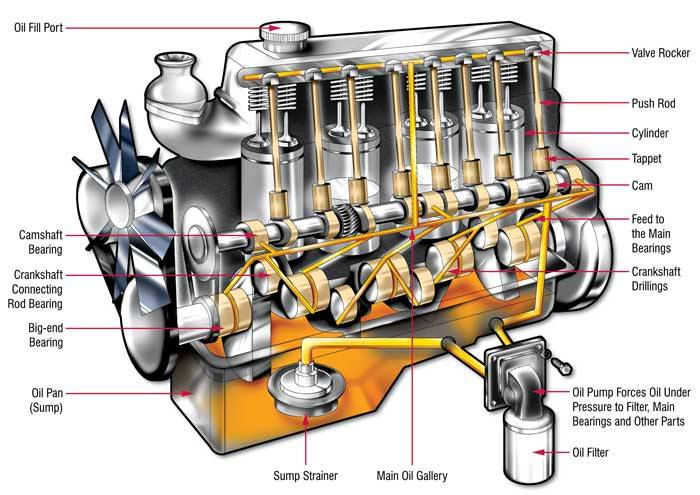
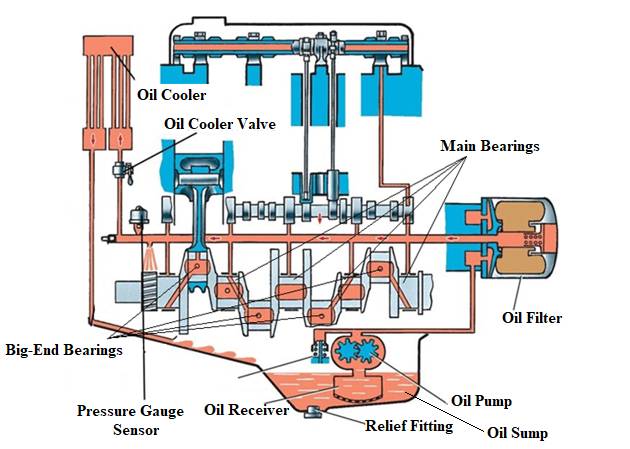
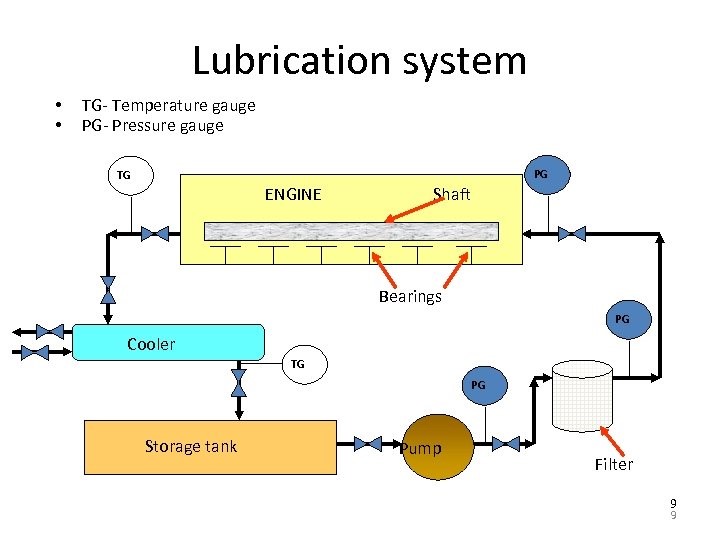
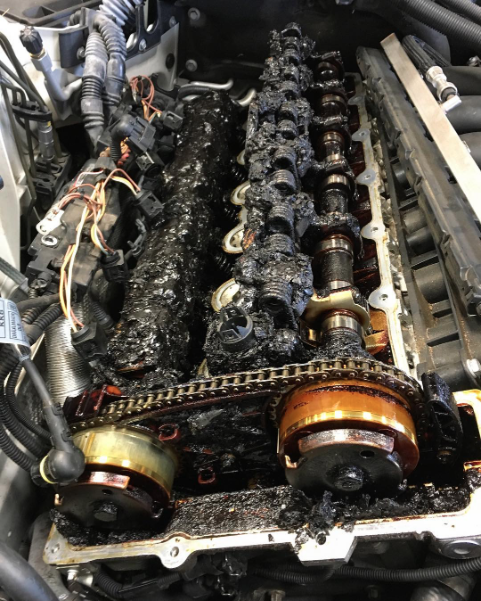
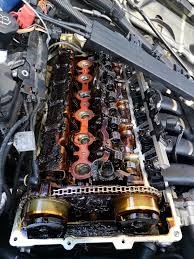
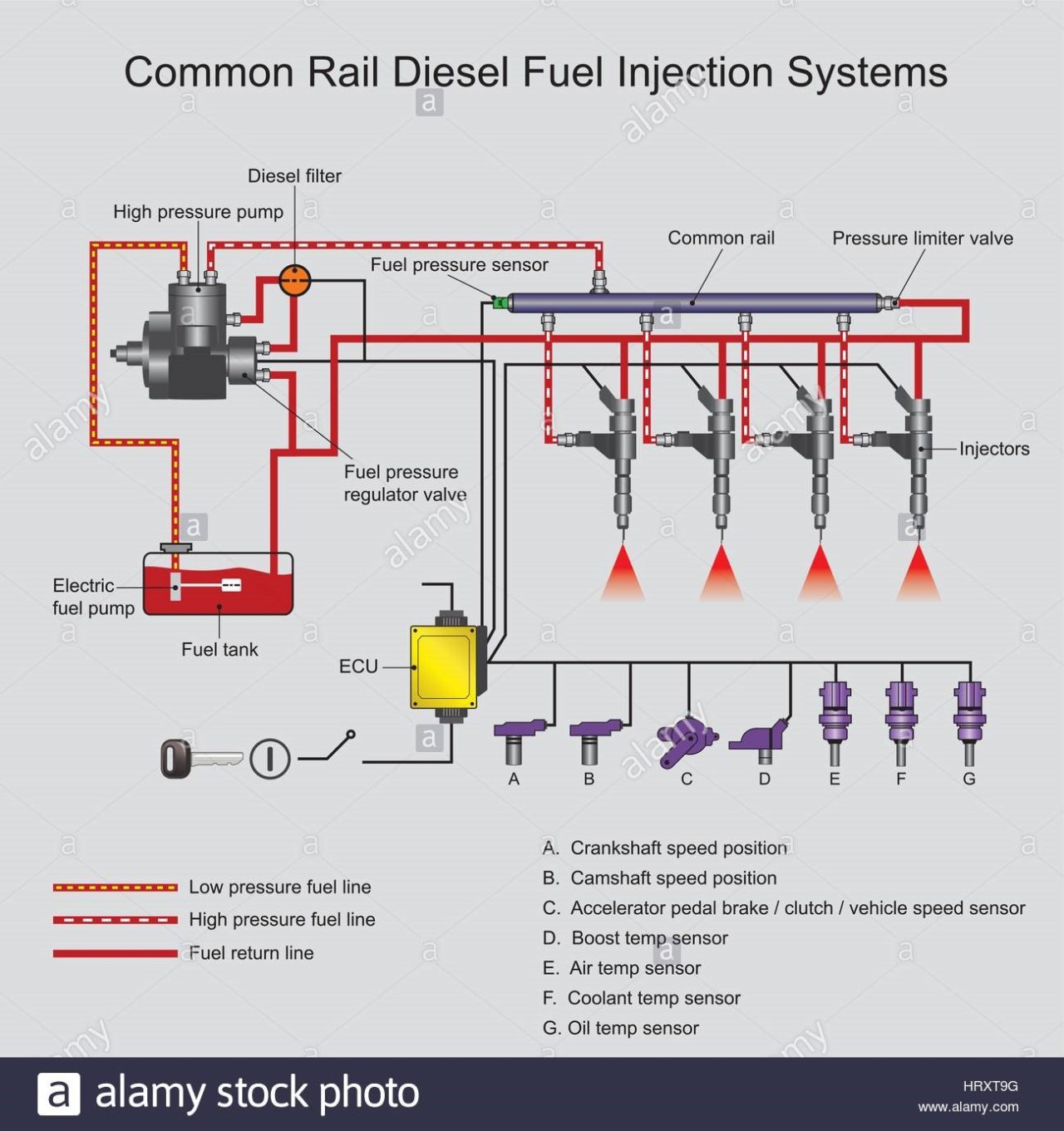
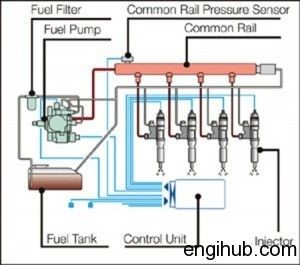
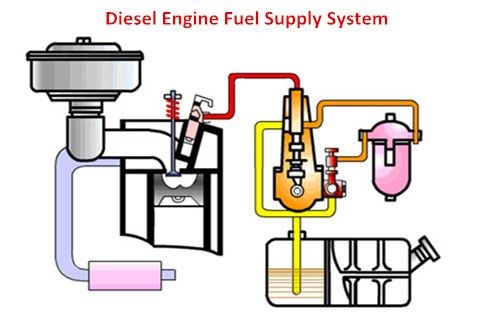

How the combustion engine works.
We know that engine oils must be changed from time to time.
The first task of the engine oil is to keep the lubricated parts so that they do not dry out.
Example: Movement of metal presses up and down inside a dry cylinder will be damaging to the engine
The engine lubrication system is a flow of clean oil at a precise temperature, with appropriate pressure on each part of the engine. The oil in the pump is absorbed from the tank, and through the oil filter the pressure is fed to the main lubrication chairs and also to the oil pressure gauge. The oil passes through the main lubrication chairs and feeds holes in the walled passages in the elbow and into the connecting shaft chairs. Piston wall and cylindrical wall chairs get good viscosity oil and are dispersed by a rotating elbow shaft. By the bottom ring in the plunger then the excess is scraped. Each camshaft chair is fed by the main supply corridor from a branch or tributary. Another branch provides gears or timing chains on the camshaft drive. Then the extra oil is drained back into the tank, where the heat is transferred to the surrounding air. atat,ät ترجمات at حرف جرالتكرار في in, at, on, within, during, by على to, at, in, upon, onto عند at, with, near إلى to, into, at, for, until, till لدى to, with, at نحو towards, to, toward, at, across بسبب for, owing to, of, at اسم آت at, coming تعريفات at حرف جر 1 expressing location or arrival in a particular place or position. she was constantly at the telex machine 2 expressing the time when an event takes place. his death came at a time when the movement was split اسم 1 a monetary unit of Laos, equal to one hundredth of a kip. 4 مزيد من التعريفات أمثلة على at there's nothing to laugh at! 29 مزيد من الأمثلة
In a well maintained engine, the wear of the chair occurs immediately after the cold start due to the presence of less oil or no oil between the shaft and the chair. While sufficient auto oil is lubricated with a hydrodynamic lubrication system and stops the progression of chair wear.
Good sealant is provided to avoid leakage of air or fuel mixture by piston rings. Weaken in the oil pan during combustion and pressure from the combustion chamber. On the other hand, from the spill to the combustion zone, they keep the oil in the tank, where it will be burned and lost. Those cars that burn oil must be added a quarter of a kilo every 1500 miles burning because piston rings no longer prevent leaks properly.
Hydrodynamic lubrication predominates in the center of the well-maintained cylinder wall and piston rings, and is necessary for less wear and less friction. The thickness of the oil membrane becomes variable and there may be minimal lubrication as the forwarding piston will stop at the top and bottom of the static point.
For analyzing or achieving good head transfer from piston to cylinder, it is desirable to have the best sealant, minimum oil film thickness and minimum oil burn. The oil control ring maintains the minimum film thickness. This ring is located after the piston rings so that the excess oil is scraped directly into the tank. To lubricate the next loop, the remaining oil film on the cylinder wall through this loop will suffice.
Oil pan - carries the required oil for the lubrication system, provides a way to drain the oil through the oil plug and pump the oil pump and pickup tube.
Oil Pump - Provides a continuous supply of oil at sufficient pressure and quantity to provide adequate lubrication to the entire engine. The pump is operated either by the crankshaft, camshaft, distributor, or gear gear.
Pressure Regulator - usually an internal part of the oil pump assembly, relieves excess oil pressure by a spring and check valve.
Oil Corridors - Corridors for oil flow to various engine parts.
Oil pressure indicator - A gauge or light to indicate oil pressure problems. The indicator is connected electrically to the oil pressure switch or the "transmission unit".
Oil cooler - cools engine oil to reduce oxidation. Not all vehicles are equipped with this item.
The oil level indicator - also known as a measuring stick, indicates the oil level in the oil container and sometimes contains information such as the manufacturer's recommended oil type. Some vehicles have an electronic sensor in the oil container to indicate low oil levels.
The oil starts in the oil tank where it is drawn through the pickup screen and the tube, and it is pushed through the oil pump. The pressure relief valve bleeds off any excess oil pressure and redirects it back to the oil tank. The oil pump is directed to the oil filter where it is cleaned. And if the oil filter is too dirty, pressure will be built into the filter until the turning valve (which is in the filter) opens, and the oil is allowed to go to the engine without cleaning. From the filter, the oil makes its way through the oil galleries in the cylinder block to the main crankshaft bearings. It then flows through the hollow crankshaft to lubricate the connecting rod bearings. Other oil galleries bring the oil block to the top of the engine where camshaft bearings, lobes and valve levers are lubricated. On some motors, the push rods above the winches deliver oil to the rocker arms and valve legs.
The oil returns to the oil pan through gravity. Drain passages in the head allow the accumulated oil to flow through it. Some of the oil returning to the tank hits the rotating crankshaft and is sprayed for the purpose of lubricating the piston, piston rings and cylinder walls.
المحرك على تقييد تدفق الزيت من المضخة مما يؤدي إلى تراكم الضغط ، و للحد من هذا الضغط ، يتم إرجاع الزيت إلى وعاء الزيت من خلال صمام منظم الضغط.
One of the gears is driven by an attachment shaft or camshaft. Because the oil cannot flow from the inlet to the outlet without being pressed by gears
(The pumps are classified as positive displacement pumps).
When the oil pump starts to wear the oil, it can be bypassed again to the side of the inlet which leads to low oil pressure which leads to insufficient lubrication and parts failure.
The filter accomplishes the filtering task using a filter element made of folded paper (folded). Pleats provide a large filter area within a small container. If the filter becomes clogged, a special valve called the side valve will open and allow the oil to transfer to the engine parts without going through the filter. Another valve prevents the oil from draining out of the filter when the engine stops.
Filters come in different sizes and are categorized in micron ratings. The micron rating indicates how small the dirt particles are allowed to filter.
How to find the right oil filter for your car or app.
Look in the car owner's manual and / or service manual.
